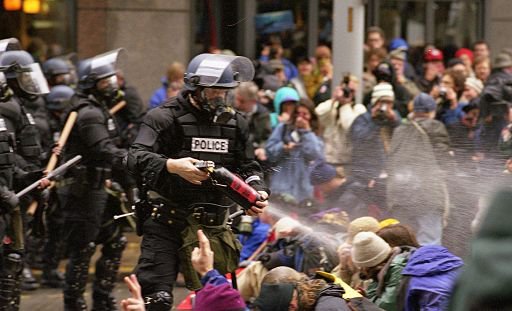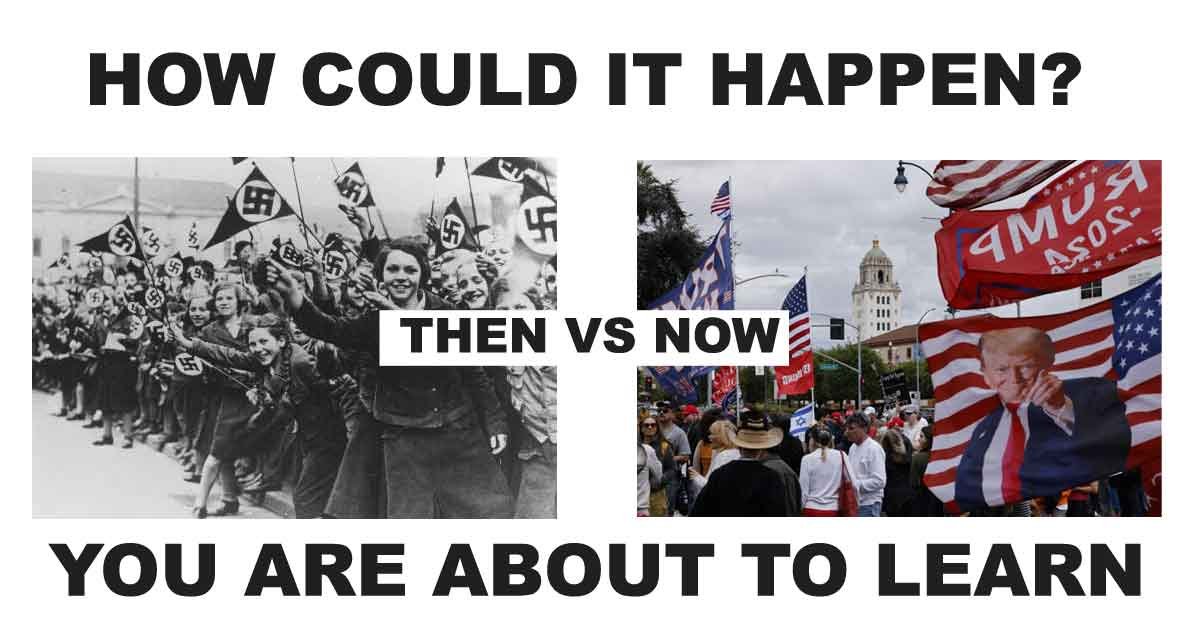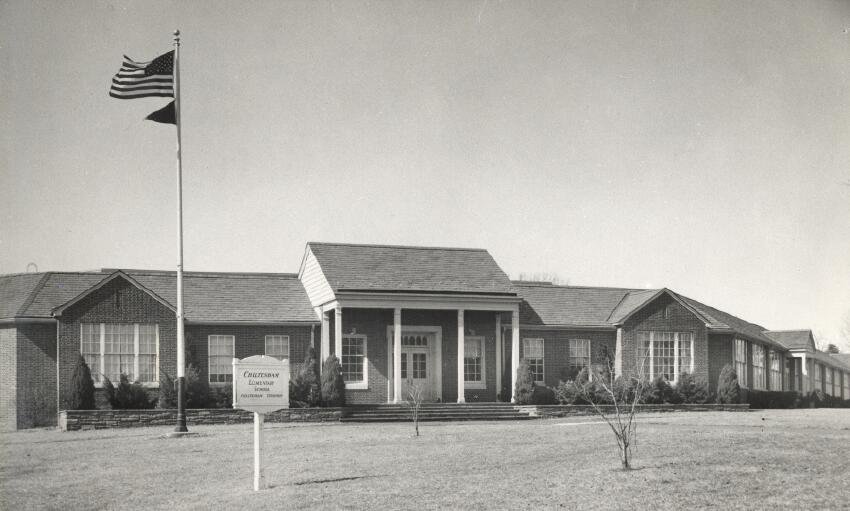How Dictators and Leaders Manufacture Civil Wars
By Thomas Salem Moore
How Leaders Manufacture Civil Wars — and Why Fear Is Their Greatest Weapon
Civil wars rarely happen by accident.
While many begin with genuine political, economic, or social tensions, history shows that the deadliest conflicts are often carefully manufactured by the very leaders sworn to prevent them.
When a ruler’s power begins to slip — when people demand freedom, accountability, or reform — some leaders choose not to listen or compromise. Instead, they create chaos, turning citizens against one another to protect their own control. Fear becomes their most effective tool.
1. Divide and Rule: Turning Neighbor Against Neighbor
The oldest strategy in the authoritarian playbook is simple: divide the people, so they never unite against you.
Leaders fuel divisions along race, religion, class, or ideology, convincing citizens that their real enemies are each other — not the ones in power.
By doing this, they weaken solidarity, justify new laws, and appear as the only force capable of restoring “order.”
Example: During the 1994 Rwandan genocide, state-run media spread hate-filled propaganda that turned one ethnic group against another, leading to catastrophic violence. The government blamed “radicals,” but it was those in power who had lit the fuse.
2. The False Flag Strategy
Throughout history, some regimes have staged or manipulated crises — even violent attacks — to justify emergency powers.
These events, known as false flags, are designed to create panic and legitimize total control. Once fear spreads, people demand safety, not liberty.
Example: In 1933, Adolf Hitler used the Reichstag Fire to claim Germany was under communist threat. He then suspended civil rights, arrested opponents, and dismantled democracy — all under the banner of “protecting” the nation.
3. Economic Chaos as a Weapon
Starvation, inflation, and unemployment can turn a nation desperate.
Dictators know this — and sometimes, they engineer scarcity to make citizens dependent on the state for survival.
By controlling food, fuel, and wages, they become both the cause of suffering and the supposed solution to it. The message becomes clear: without me, there is no stability.
4. Militarizing Politics
When political dissent grows too loud, some leaders don’t just silence it — they arm it.
By distributing weapons to loyalists or elite security forces, they ensure that any protest can be quickly reframed as a “rebellion.” Once blood is shed, the dictator can claim the country is at war — and use that as a pretext to crush opposition.
Example: In both Saddam Hussein’s Iraq and Bashar al-Assad’s Syria, dissent was met not with debate, but with tanks. Once civilians fought back, the regime declared a “civil war,” legitimizing years of brutal repression.
5. The Power of Fear
Civil war doesn’t just destroy cities — it reshapes minds.
People living in fear will accept almost anything that promises stability. Authoritarian regimes thrive in this atmosphere because it shifts the public mindset from freedom to survival.
Fear makes people surrender their rights voluntarily. It turns rational citizens into desperate ones — and desperate people are easy to control.
Why They Do It
-
To consolidate power – chaos lets them rewrite constitutions, delay elections, or rule by decree.
-
To control the narrative – they position themselves as the savior, not the source, of instability.
-
To destroy opposition – war gives them an excuse to imprison, exile, or eliminate critics.
-
To secure foreign aid – global powers often fund “stability,” even when it’s enforced by fear.
The Modern Lesson
Whenever you see leaders promoting division, silencing dissent, or using fear as a rallying cry, remember this: authoritarianism rarely arrives overnight.
It comes step by step — crisis by crisis — until the people no longer recognize their own country.
Civil war may start on the battlefield, but it is born in the minds of citizens convinced that their neighbors are the enemy. The first defense against such manipulation is awareness — and the courage to question those who profit from division.
“People will trade freedom for security when they are afraid. The wise never forget who made them afraid in the first place.”
1. Divide and Rule: Creating Internal Enemies
Authoritarian leaders often deliberately inflame divisions—ethnic, religious, regional, or economic—so that citizens turn against each other instead of the regime.
-
Tactic: spread propaganda that blames a minority or political opposition for national problems.
-
Goal: weaken unity among the people and create a justification for harsh “security” measures.
-
Example: In Rwanda (1994), state media helped incite ethnic hatred between Hutus and Tutsis, leading to genocide and civil conflict.
2. False Flags and Manufactured Crises
A classic method is to stage or exploit violent incidents that make it appear the government is under attack—then use that as justification for emergency powers.
-
Tactic: covertly sponsor attacks or riots, then blame them on opposition forces.
-
Goal: create fear, consolidate control, suspend elections or civil liberties.
-
Example: Adolf Hitler used the 1933 Reichstag Fire as proof of a Communist plot, allowing him to pass the Enabling Act and eliminate democratic institutions.
3. Economic Manipulation
By creating economic chaos or scarcity, leaders can push desperate populations toward unrest, then use that unrest as a pretext for crackdowns or to rally support.
-
Tactic: control food, fuel, or wages to create dependency and anger.
-
Goal: frame themselves as the only solution to the chaos they secretly fostered.
-
Example: Some historians argue that Nicolae Ceaușescu in Romania used rationing and economic deprivation to justify surveillance and repression.
4. Militarizing Politics
Dictators often arm loyal groups (militias or security forces) while disarming rivals, effectively guaranteeing that any political conflict turns violent.
-
Tactic: turn political disagreements into armed conflicts through selective arming or assassinations.
-
Goal: ensure the regime’s faction dominates if war erupts, allowing them to “restore order” on their own terms.
-
Example: Saddam Hussein and Bashar al-Assad both empowered loyal security units to crush dissent, framing civil resistance as terrorism.
5. Foreign Interference and Proxy Manipulation
Some leaders invite foreign influence or pit outside powers against each other within their own country to create instability they can exploit.
-
Tactic: play rival nations off one another or allow proxy forces to destabilize opposition regions.
-
Goal: remain “indispensable” to one or more foreign powers while consolidating domestic power.
-
Example: During the Cold War, both Western and Soviet-aligned leaders used internal conflict as leverage for foreign aid or military support.
Why Dictators and Leaders Do This
-
Consolidate Power: Civil conflict lets them declare martial law, suspend elections, or eliminate opponents under the guise of “national security.”
-
Control the Narrative: A divided, fearful population is easier to manipulate through propaganda.
-
Economic Gain: War and chaos can justify corruption, asset seizures, or control of vital industries.
-
Erase Political Opposition: Violence provides cover for silencing dissidents, journalists, or reformers.
-
Reinforce Dependency: Citizens traumatized by conflict are more likely to accept authoritarian rule for the sake of “peace and stability.”
The Psychological Playbook
Dictators understand a simple truth:
“People will trade freedom for security when they are afraid.”
By manufacturing crises — whether real or staged — leaders can rewrite laws, reframe morality, and rebuild society in a way that serves them. Civil war becomes not a failure of leadership, but a tool of it.




